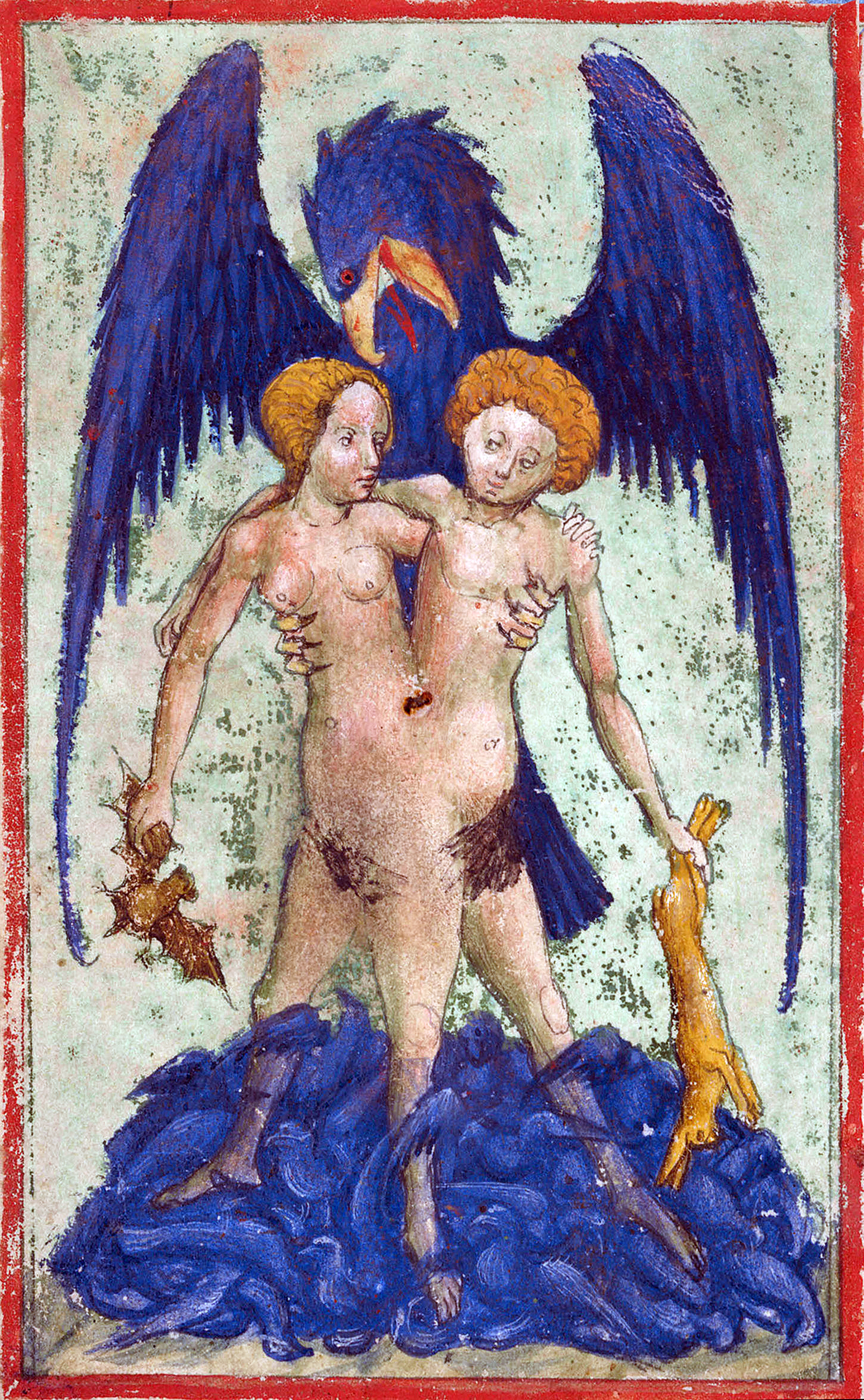
Godel
 The relationship between the Hermetic tradition and the sciences is a theme that has run through most of my life, and I have always been intensely interested in the way in which both these fields approach the search for truth. The Hermetic path, based on the wisdom tradition and personal intuition, and the path of the sciences, based on hard logic and mathematics, seem to go off in two different directions. But it is becoming increasingly obvious that Hermetic wisdom and scientific knowledge are slowly converging on the same fundamental truths.
The relationship between the Hermetic tradition and the sciences is a theme that has run through most of my life, and I have always been intensely interested in the way in which both these fields approach the search for truth. The Hermetic path, based on the wisdom tradition and personal intuition, and the path of the sciences, based on hard logic and mathematics, seem to go off in two different directions. But it is becoming increasingly obvious that Hermetic wisdom and scientific knowledge are slowly converging on the same fundamental truths.
These two ways of knowing converged in me while I was a graduate student at the University of Vienna. I had gone to Vienna to study in the school founded by the great logician Kurt Gödel, who was a professor there when he published his famous Incompleteness Theorem in 1931.
Gödel’s work came at the height of arrogance in the field of mathematics, a time when mathematicians felt they could explain the whole universe using math. Bertrand Russell had published the first volumes in his ambitious Principia Mathematica project to prove step-by-step that mathematics was a complete and absolutely consistent system of knowledge. At the same time, Ludwig Wittgenstein was attempting to prove mathematics was based on a perfect system of logical statements.
German mathematician David Hilbert was grounding math in fixed axioms that would produce a unifying theory of everything. Hilbert was so sure of his results that he announced at a math conference in Göttingen, Germany, that for mathematicians, there were no unsolvable problems and all of nature could be explained completely using math. At the end of his speech, he shouted triumphantly "Wir müssen wissen. Wir werden wissen!" ("We must know everything! We will know everything!"). He became famous for that passionate outburst, which became the new credo of mathematicians everywhere.
But sitting in the audience that day was Kurt Gödel, who a year later would publish a proof that in a single stroke destroyed all the pompous assumptions of Hilbert, Russell, Wittgenstein, and scores of other mathematicians around the world. Gödel showed that mathematics is a partial and forever incomplete system that will never be able to discover all the truths in the universe. For mathematicians, this was like calling the Queen of the Sciences a whore.
What did Gödel say that was so earthshaking? His proof shows that any axiomatic logical system such as arithmetic cannot be both consistent and complete because there will always be statements that are true but not provable with any formal theory.
Gödel invented a kind of metamathematics to achieve a very objective view of the whole field. Think of it this way. Draw a circle around anything - any object, any person, any situation - and nothing in that circle can be explained completely without referring to something outside the circle. There will always be something you have to assume but cannot prove. Draw a circle around that chair, and you cannot answer even the simplest questions without leaving the circle. Who made the chair? How did it get here? Where did the materials come from that make up the chair? Where did that indentation in the seat cushion come from?
Now, draw a circle around the whole universe - everything in existence. It is built into the very fabric of our reality that you cannot explain the universe completely without referencing something outside the universe. In other words, in this universe there are always more things that are true than you can understand or prove. This has really profound implications of which few people are aware, because Gödel’s Proof not only applies to mathematics but to all branches of science and human knowledge.
Protests against Gödel’s ideas came from around the world. There were reports of mathematicians committing suicide when they read his proof, and untold scores of math students dropped out or changed their careers. Cambridge mathematician Alan Turing invented a machine that used only yes/no decisions to eliminate the grey areas in Gödel's proof and sort out exactly what problems could be processed mathematically. Turing’s machine became the very first electronic computer, but it did nothing to soothe mathematicians’ souls, for it was soon proven that any algorithmic machine or computer is also inconsistent and incomplete.
Bertrand Russell abandoned his Principia project. Wittgenstein first mercilessly attacked Gödel but later admitted that math was essentially a game and that no mathematical statements were "true" in any real sense. David Hilbert retired and worked to find applications where his theories could be applied. His famous credo died with him, though, and is now engraved on his gravestone.
In his final years, Gödel was working on a corollary to his theorem, which expanded on the fact that the ultimate complete truth about our universe could only be found outside the “circle” of our universe. He believed it could be proven that there was One Mind behind all the various appearances and activities of the world, and that this One Mind exists independently of its individual properties projected into the world. He also stated that mind is not just localized in the brains of people but exists everywhere at once.

